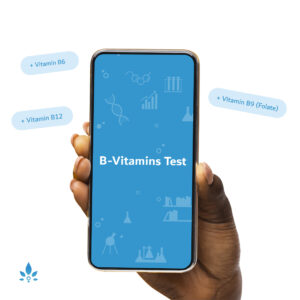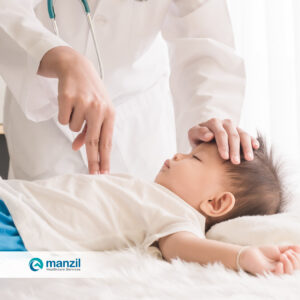OTC Medications and Overdose


Babyproofing and car seats are essential tools in keeping your infant safe, but the most dangerous part of your household is likely in your medicine cabinet. According to the Centers for Disease Control and Prevention (CDC), more than 70,000 emergency visits each year are due to unintentional overdoses on over-the-counter (OTC) medications among children under the age of 18, and one out of every 151 two-year-olds is treated in the ER for an unintentional medication overdose.
Accidental overdoses can occur multiple ways. They sometimes result when a parent gives their child the wrong dosage of a medication, especially acetaminophen, which is commonly used to reduce a child’s fever or ease teething pain. This can happen either by not following directions or by combining multiple medications that include acetaminophen as an ingredient, such as administering children’s Tylenol and cold medicine that also has acetaminophen in it.
Overdoses can also occur when your child obtains access to the medication itself. Children can mistake the little tablets for sweets, and babies and toddlers are especially susceptible because they like to put everything in their mouths. A few medications commonly swallowed by children include opioids (frequently prescribed for pain), sedatives-hypnotics (mostly prescribed as sleep aids), and cardiovascular drugs (commonly used to treat high blood pressure).
How to prevent an accidental overdose
Keep your medications (including vitamins) in a high cabinet where children are unable to reach. Be careful when taking your own pills, ensuring that none drop on the floor.
Always follow the directions on the drug facts label of your medicine. Read the label every time before you give medicine to your child, and be sure to use the dosage device that comes with the meds. A different one (like a teaspoon from your kitchen) is not precise enough and can dispense the wrong amount of medicine.
Give the right medicine, in the right amount. Medicines with the same brand name can be sold in different strengths, such as infant, children, and adult formulas. In addition, the dose and directions will change depending on a child’s age and weight.
When it doubt, ask your pediatrician or pharmacist what’s the right amount of medicine for your child and if it’s safe to mix different remedies with one another.
Sources:
- Centers for Disease Control and Prevention
- The PROTECT Initiative: Advancing Children’s Medication Safety.
- The Mayo Clinic, Acetaminophen and children: Why dose matters.
- U.S Food and Drug Administration, Ten Tips to Prevent an Accidental Overdose.
Powered by Bundoo®












































